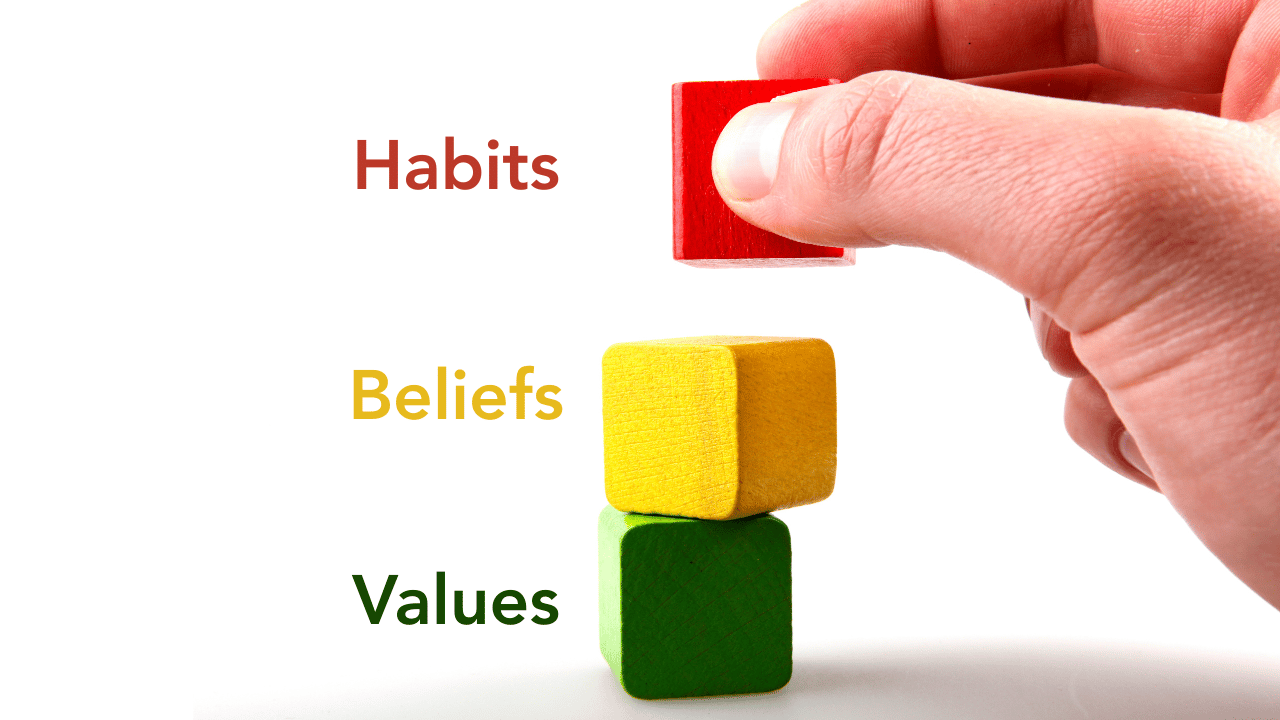
Dispatch from Diane’s Desk
I recently completed a Values Assessment for myself and realized that there were at least three key values that I rated highly. But - it turns out - I haven’t been living by them.
Self-care is one of my top values. I believe that nothing is more important than my family’s health (mental, emotional, physical). But, the reality is that when faced with a need to make dental, eye and even doctor’s appointments, I drag my feet. I find the process of making the appointment itself to be tedious and even painful at times. As a result, I deprioritize our health creating misalignment with my values and actions.
Respect and appreciation for nature ranks almost as highly but I do not consistently engage in activities that will bring me closer to nature. My value of nature appreciation is not in alignment with my habits of spending most time outside of it.
Probably the most surprising result of the Values Assessment for me was that one of my central, core values -connecting with others- was an even more dramatic mismatch. As we age and begin to consider our purpose, activities, and how they may change in retirement, I recognize that connecting with others is crucial for healthy aging. The COVID pandemic was a convenient excuse for me not to engage. But as the restrictions have lessened and a semblance of normalcy returned, I still haven’t made much of an effort.
The assessment was particularly revealing in these key areas. So, what do we do with this information? Well, for me, I’m being kind to myself about why I'm not finding alignment. When I can, I am beginning to introduce new habits slowly and with intention.
Our personal values and the habits that flow from them not only impact us as individuals. As organizational leaders, they form the very foundation of organizational culture. That’s why it’s important for us to consider them more fully within the context of effective team leadership. I hope the following resources prove helpful as you explore how your personal values and habits impact team performance.
If you like my newsletter, I’d love it if you’d forward it to a friend that you think could benefit from it. Thanks so much!
Warmly,
Diane
Culture is a Construct: Habits, Beliefs & Values
I was recently introduced to the fascinating book, The Surprising Power of Liberating Structures by Henri Lipmanowicz and Keith McCandless from a friend. A key takeaway is that company and even family culture isn't something that’s simply pronounced like a declaration from the top. It’s lived each and every day. When someone says to a new hire – “That’s just the way we do things around here.” That’s your real culture.
Elements of Culture
There are three primary elements that define a culture. Beliefs are the unexamined truths and the assumptions that are taken for granted. Values are the ideals that people say they stand for and that they use to justify their actions. Habits are the observable actions and interactions that happen every day. Oftentimes, beliefs, values, and habits are not in alignment. Cultural statements proudly displayed on a website or employee handbook are not always what people experience in their daily interactions.
Habits Define Culture
The daily habits of an organization or family leader define its culture. Furthermore, the day-to-day interactions of middle management define the cultures of their sub-teams, irrespective of what the website, employee handbook, or stated values of the CEO.
Most organizations try to impose culture like it can be dictated with messaging, policies, posters, catchy tag lines, and other artificial tools. Thing is, without commensurate habitual changes at every organizational level, none of these catch-phrases stick.
Authentic cultural shifts begin to take place when you begin to liberate people at all levels. Empower them to interact with one another in ways that minimize hierarchy and maximize opportunities to meaningfully change habits.

How to Start a Culture Shift
You know that the culture in your organization, your group, your family needs to change. But how can you do that most effectively? First, define your values so you can objectively examine how well (or not) they are being reproduced by your daily habits and those of your team.
Observe the things that you do that either reflect or contradict your stated values. Think about how these values are expressed through the actions you take and start to make small changes to bring them into alignment.
Consider following some of the Leadership Principles outlined in The Surprising Power of Liberating Structures. These include:
Practicing deep respect for people and local solutions
Never starting without a clear purpose
Building trust as you go
Learning by failing forward
Practicing self-discovery within a group
Amplifying freedom and responsibility
Emphasizing possibilities. Believe before you see proof!
Invite creative destruction to make space for innovation
Engage in seriously playful curiosity
Include and unleash everyone
By applying some of these Leadership Principles within your organization and finding alignment with your values and habits, incremental cultural changes will begin to take shape.
Sage Space
Authors like James Clear of Atomic Habits have helped us understand the importance of making small, incremental changes toward meeting our goals. He says that we don’t fail to the level of our goals. We fail to the level of our systems. Systems and habits are key.
Strong systems and consistent habits will help bring your values into alignment so you can focus more fully on your goals and objectives.
For example, one of my core values is positive mental fitness. By putting this concept of reinforcing habits and values into practice, I have intentionally changed the way I brush my teeth. I brush each individual tooth from every angle. The amount of concentration this requires has helped me by decreasing stress hormones and resetting my emotional balance.
My value of maintaining a positive mental space aligns more closely with teeth-brushing, as I have easily incorporated some of those elements into the reinforcing habit.
Take a moment to consider…
Take a moment to think about one of your strongest core values.
What is one small change you could make to a habit you already have that would help bring it more into alignment with what you value?
Put it into Practice
How are you creating the culture in your workplace?
This free resource provides an opportunity for you to reflect on your current workplace culture and its characteristics.
With these insights, you can better identify the changes you can make to foster a more positive experience for yourself and your team.


